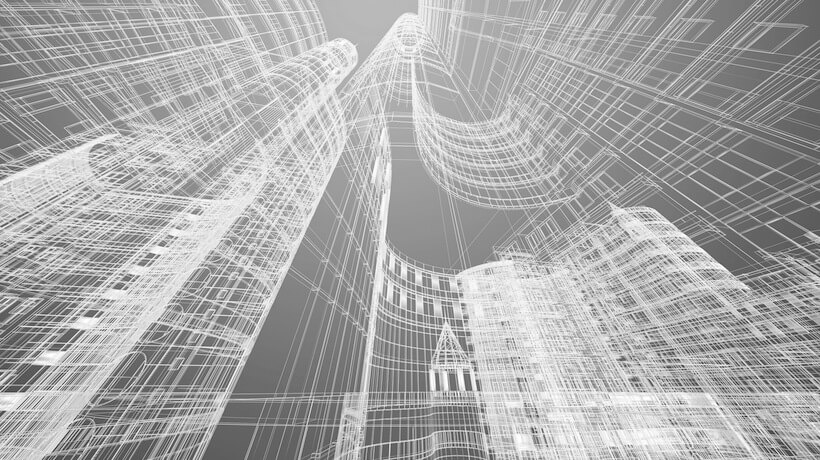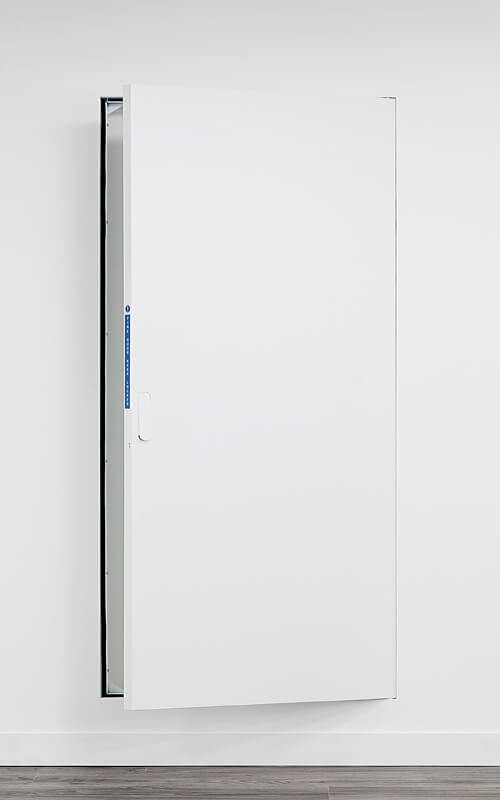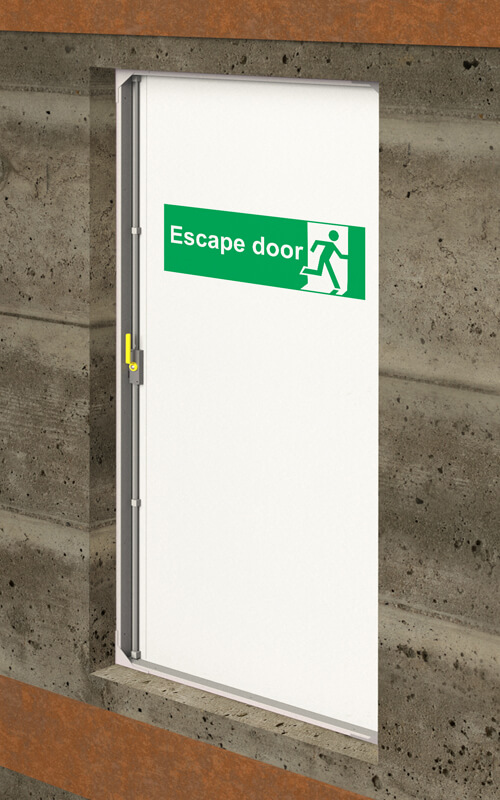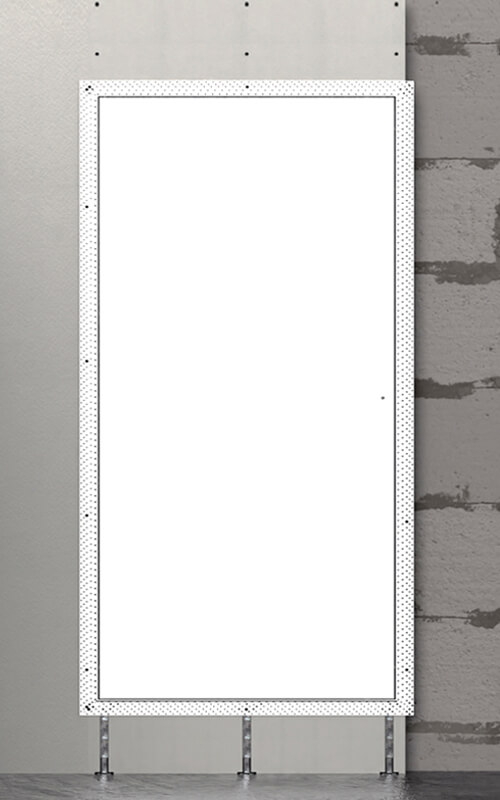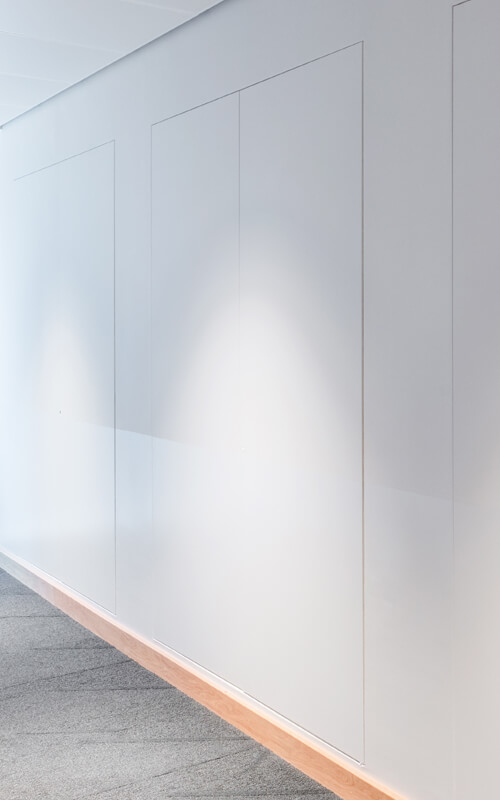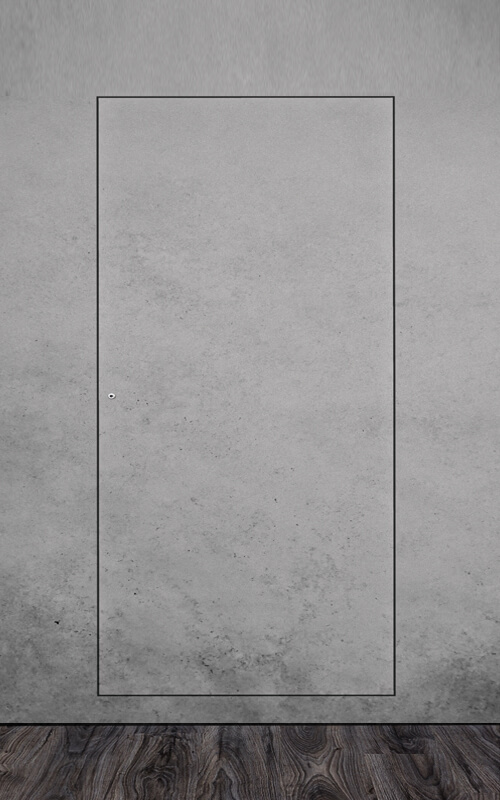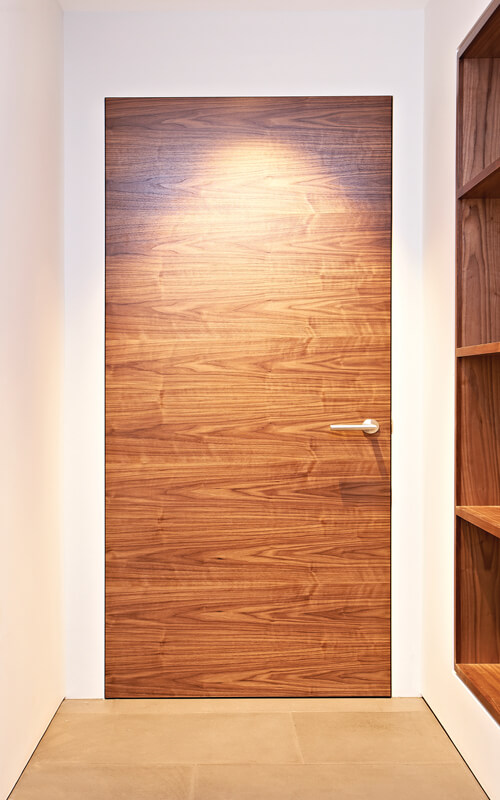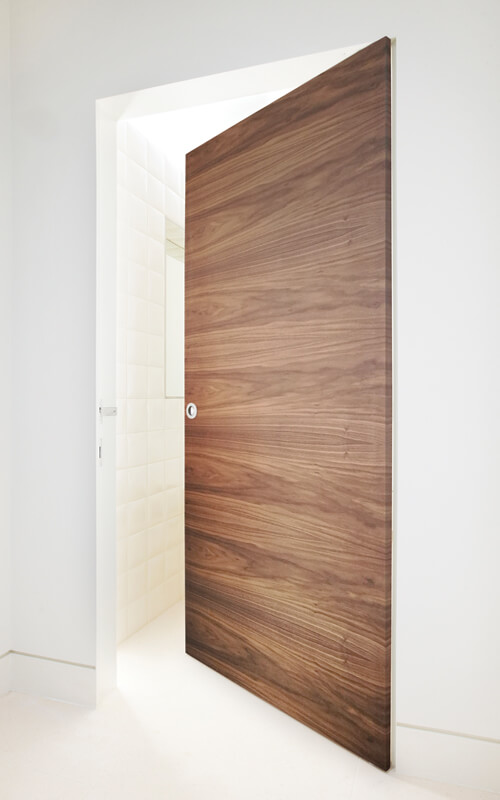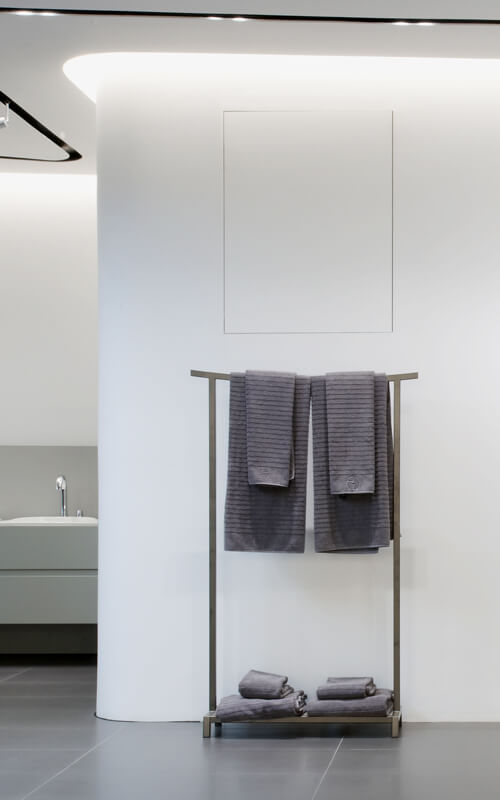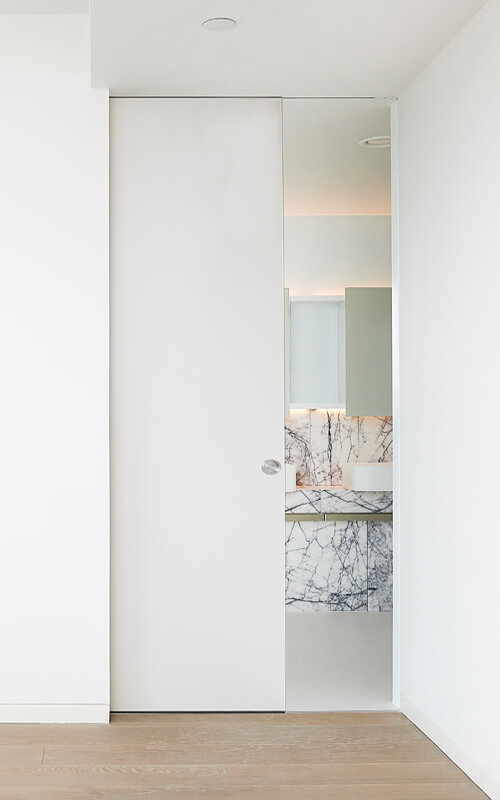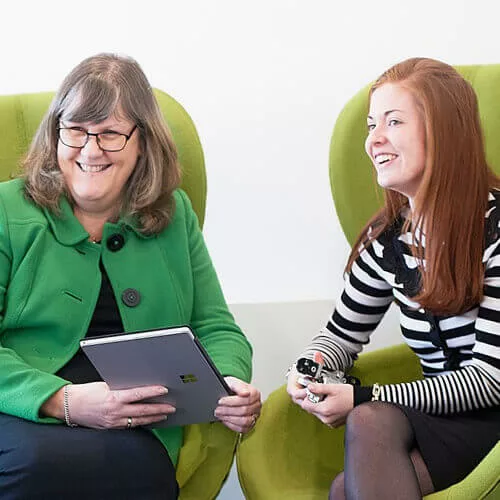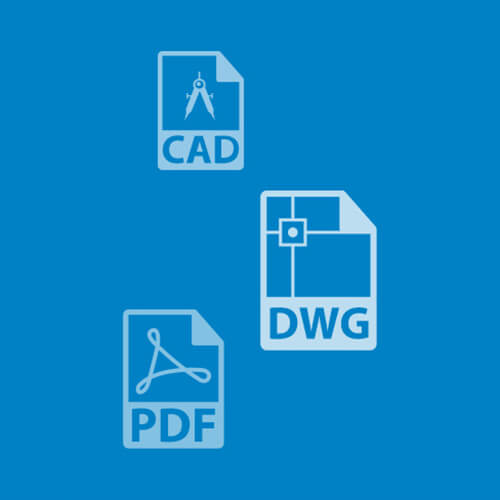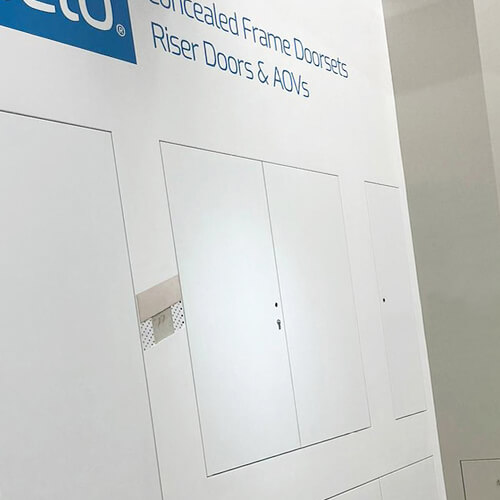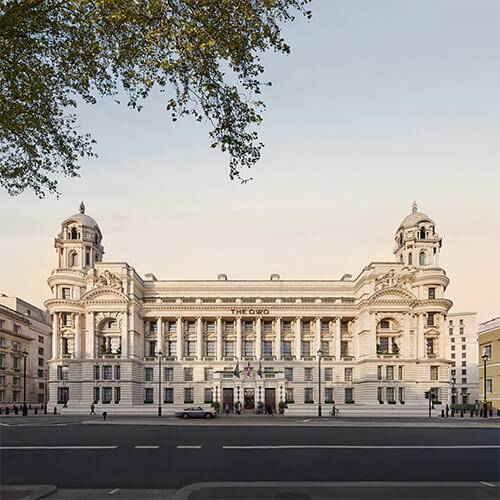Architecture is an innovative profession, and architects themselves are quick to adopt new technologies, allowing them to create, design and construct buildings in new and exciting ways. The iconic architecture of Frank Gehry or Zaha Hadid, for example, would not have been possible without 3D modelling software, and as technology continues to develop at a rapid pace, we predict that the industry will innovate further and be a driving force in changing the landscape of the future.
In this week’s blog we take at some of popular trends and technologies to watch out for.
3D Printing
The advent of 3D printing has the potential to revolutionise the way buildings are constructed. The technology is now affordable enough that 3D printers are already on their way to becoming a consumer product for people at home. However, there are powerful models being used in architecture, which allow for buildings to be constructed cheaply, effectively and extremely quickly. This example in Russia shows a
house being 3D printed in under 24 hours.
Bart Van der Scheuren, vice president of Belgian manufacturing company Materialise, predicts that 3D printing will transform the construction industry. In an interview with Dezeen, he said that “3D printers in the future will combine different materials, and in that way, you can start thinking of making gradients or graded materials where you can then really change the function of the components”. At Selo we’re excited to watch as this technology develops, although there are concerns around the jobs of construction workers – as the technology advances, machines may overtake the need for man power in construction.
Virtual Reality
Virtual reality is perhaps the most impressive of all technological advances in any field in recent years. The prospect of being able to create an immersive, artificial world, which individuals can enter and interact with has excited everyone from movie-goers to gamers. However, it’s within architecture that the technology may be employed to the greatest effect. Architects will soon be able to immerse themselves completely in their designs, in full 1:1 scale. Being able to create shapes, alter materials and manipulate forms, while inhabiting a virtual space will present a new, revolutionary perspective for architects everywhere.
Designer and visualiser Olivier Demangel from London based 3D imaging company
IVR NATION, believes that VR has the potential to transform the way architecture is created. He explains that ‘”you can instantly change materials for the walls, the floor, the position of lights and so on. Interactivity means you can experiment with a lot of different options — design, materials, lighting, weather — all very quickly.”
Rise in Organic Materials
Not all of the architecture of the future is as high-tech as 3D printing or VR. In some cases, technological advances will allow architects to utilise ancient building materials in more flexible and durable ways.
Timber skyscrapers are already generating a lot of buzz in the architectural world, with some believing that wood could eventually replace concrete in the future. With increasing pressure on natural resources and rising awareness of the need to reduce carbon emissions, this could become reality sooner rather than later.
Julian Weyer of CF Møller Architects is currently at work on one of the world’s tallest timber skyscrapers. He explained to fastcodesign.com that “technological advances in wood/timber construction have made it possible for us to re-imagine some well-known building types. I would expect that other technologies will have a similar impact in the near future.”
Predicting the future is never easy, and newly created technologies can change the way live and work in ways which were previously thought inconceivable. However, in many respects, the future of architecture is now, and the technologies which will define that future, such as VR and 3D printing are already being used today. All that remains to be seen is how quickly those technologies will advance, and at what point they’ll receive widespread adoption in the world of architecture. It’s an exciting time to work in the industry and we as a business are constantly innovating by investing in research & development and creating new designs in an effort to help make our customers’ lives easier.
